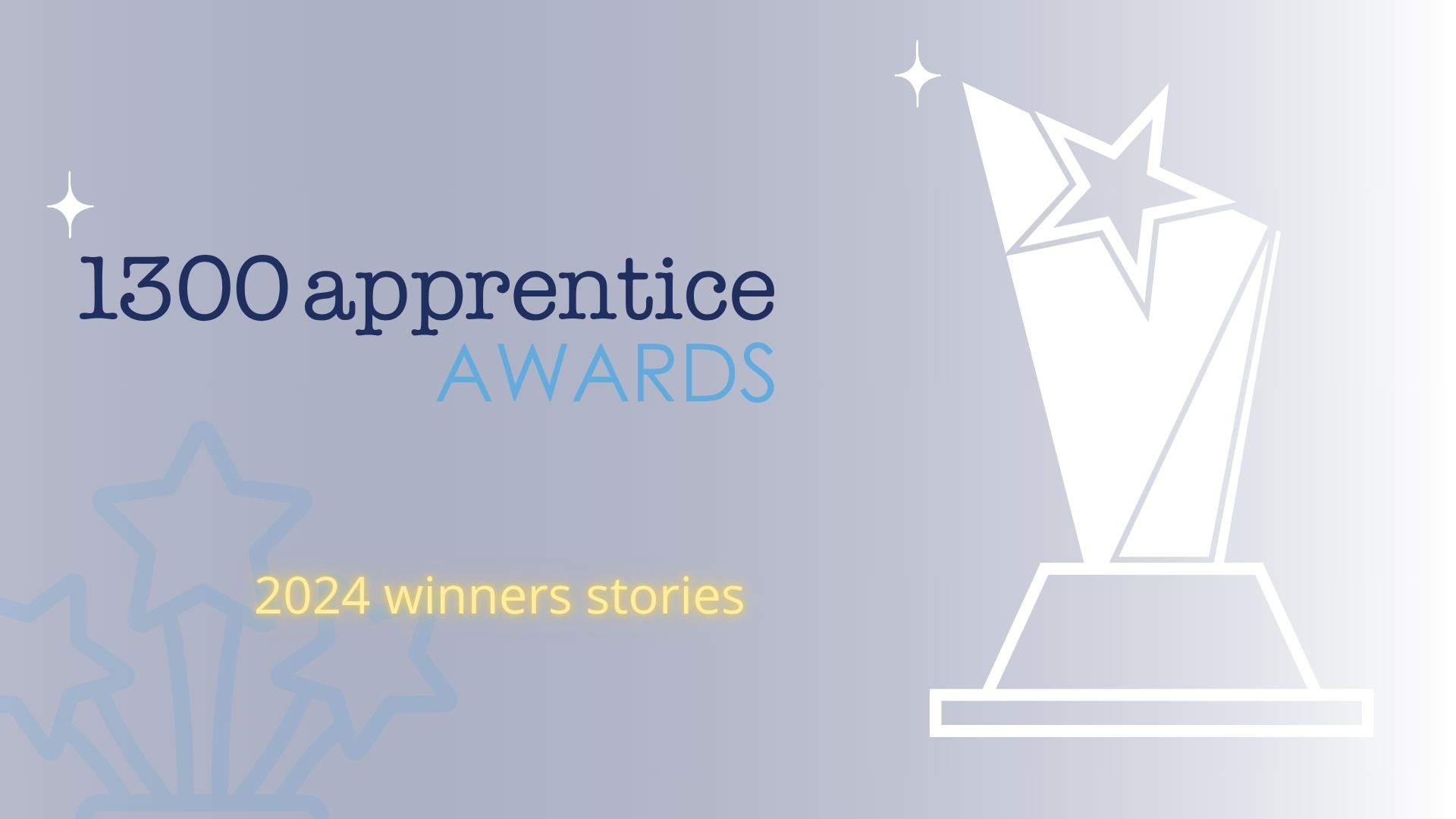Continuing Professional Development After Apprenticeship

As a business owner, investing in apprenticeships is a wise decision. It helps create a skilled and competent workforce, while also providing an opportunity for the younger generation to learn and gain experience. Apprenticeships are just the beginning of the journey. After the apprenticeship, there needs to be a plan in place for continuing professional development (CPD), in some fields, this is also mandatory.
CPD is essential for individuals and organisations to remain relevant and competitive in their respective industries. Continuous learning and development allow individuals to acquire new skills and knowledge that will help them to perform better in their roles. In this article, we will explore the importance of CPD after apprenticeship and provide tips on how to continue the learning process.
Why Is CPD Important After An Apprenticeship?
1. Keeps Skills And Knowledge Up-To-Date
The world is constantly evolving, and so are the industries. Keeping up with the latest developments and trends is essential for individuals and organisations to remain competitive. CPD provides a platform for individuals to keep their skills and knowledge up-to-date and relevant.
For example, in Australia’s building and construction industry, continuous professional development is mandatory for organisations to ensure that contractors stay up to date with the best practices to build buildings.
2. Boosts Confidence And Credibility
CPD helps individuals to feel more confident and credible in their roles. It provides an opportunity for individuals to demonstrate their commitment to their profession and industry. It also allows customers to feel more confident in hiring services.
3. Helps With Career Progression
CPD is essential for career progression. It helps apprentices acquire new knowledge and skills after an apprenticeship, that will enable them to take on new roles and responsibilities. This can help them develop themselves towards a specialist or managerial position in future.
4. Demonstrates Commitment To Personal And Professional Growth
CPD demonstrates an individual’s commitment to their personal and professional growth. It shows that they are willing to invest in themselves and their future.
5. Increases Employee Retention In The Company
A Linkedin report found 94% of employees would stay in their current employer if they were more dedicated towards training. A commitment to continuous learning helps keep employees engaged, to help retain good talent and save on the costs of hiring new workers.
How To Continue Professional Development After An Apprenticeship?
These are some tips on getting more guidance and further developing your skills after an apprenticeship or traineeship.
1. Set Goals And Objectives
Before embarking on any learning journey, it is essential to set goals and objectives. This will help individuals to focus their learning and ensure that they are learning what they need to achieve their career aspirations.
2. Identify Relevant Courses And Training
There are many courses and training programs available that are relevant to different industries. It is essential to identify those that are relevant to your industry and career aspirations.
Apprentices are particularly well placed to take advantage of the flexible entry requirements into a Graduate Certificate or Graduate Diploma which are a level 8 qualification on the Australian Qualification Framework (one level higher than a Bachelor’s degree). This allows them to focus on a niche area to move towards a more specialised role or use a wider breadth of knowledge to step up into more of a leadership role.
Completing a level 8 qualification also opens up the pathway for directly entering into a Master’s Degree.
After completing 5 years of full-time work in a relevant field and keeping a log of continuing professional development, you can apply to gain entry into a Graduate Certificate or Diploma at a university.
This is just one year after the completion of most apprenticeship programs. Trainees can also take advantage of this route too, by applying 3 years after the end of their traineeship.
*University requirements may vary depending on institutions, remember to check the future courses you are interested in.
3. Attend Conferences And Seminars
Attending conferences and seminars in your related field is an excellent way to learn about the latest developments and trends in your industry. It is also an opportunity to network with other professionals in your field, and learn more about new changes affecting your industry through conversation.
4. Become A Member Of A Professional Organisation
Joining a professional organisation is an excellent way to stay up-to-date with the latest developments and trends in your industry.
There’s the ACFA (Australian Cabinet & Furniture Association) for cabinetmakers. As well as the Landscape Association for landscapers. Both of which we’re also members of!
Joining also provides an opportunity to network with other professionals in your field.
5. Seek Mentorship
Seeking mentorship from someone who has more experience and knowledge is an excellent way to continue learning and growing if you can find someone who’s willing. Mentors can provide valuable insights, guidance and tips that can help individuals to refine their CPD efforts to achieve their career aspirations.
Tips For Employers Supporting Workers With CPD

1. Create A Personal Development Plan For Employees
Help them make a plan focussing on skills to improve on. Making this a collaborative process is beneficial to also gain your insight on what skills are most valuable for the company and your industry.
2. Give Opportunities For Taking On New Responsibilities
As your workers develop new skills and interests, foster their curiosity by giving them opportunities to take on new relevant responsibilities to help them grow as a worker.
3. Encourage worker collaboration
Workers grow and learn more when they have opportunities to solve problems together. Collaborating also gives the opportunity to come up with new ideas and find insights that might have been missed otherwise, to make results more efficient. Fostering these work relationships also helps provide the opportunity for them to find new mentorship.
4. Create A Culture That Prioritises Learning And Development
When learning and upskilling is more valued in the workplace, workers also become more encouraged and inspired to improve their skill set.
Take Aways
CPD is an essential process for individuals and organisations to remain relevant and competitive in their respective industries. After completing an apprenticeship, it is crucial to have a plan in place for continuing professional development.
Investing in CPD, helps keeps individuals and businesses keep their skills and knowledge up-to-date, boost credibility, progress talent, and demonstrate their commitment to growth.
Get Involved
Learn more about our apprenticeship or traineeship programs, or about becoming a host employer for one of our apprentices or trainees.
1300apprentice has helped assist over 2000 apprentices and trainees find successful outcomes in work.
Contact us if there is anything we can assist you with in recruitment or training.




